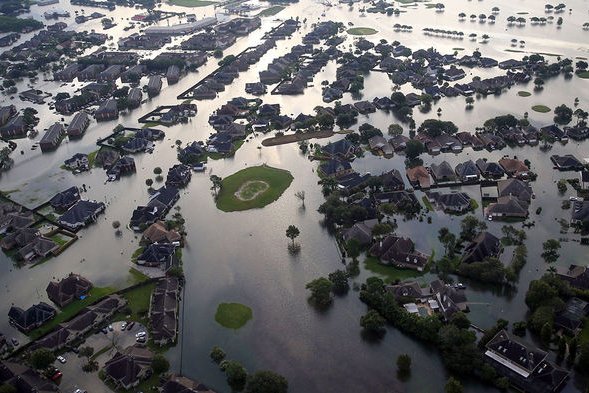
Date: 2025-11-19 Page is: DBtxt003.php txt00015209
Climate
Hurricanes are slowing down
Hurricanes are slowing down, wreaking havoc on coastal communities
Burgess COMMENTARY
Peter Burgess

GERALD HERBERT/AP PHOTO
Hurricanes are slowing down, wreaking havoc on coastal communities
In 2017, Hurricane Harvey stalled for 4 days over southern Texas, dropping more than a meter of rain and causing $125 billion in damage (above). It isn’t clear whether climate change is to blame, but ultimately, the storm’s sluggish speed is part of a bigger pattern: Tropical cyclones around the world—including hurricanes and tropical depressions—have slowed by 10% over the past 70 years, according to a new study.
Scientists have been predicting that cyclones will move more slowly as the world warms and tropical air circulation patterns—which ferry storms from one place to another—weaken. But one scientist with the U.S. National Oceanic and Atmospheric Administration decided to look back in time, to see what happened in the past. He looked at tracks of 7585 tropical cyclones from 1949 to 2016 and calculated their speeds before and after landfall.
On average, the storms moved 2 kilometers per hour slower in 2016 compared with 1949—a change of 10% during a period when Earth warmed by 0.5⁰C. But the numbers were even higher in some areas. Storm speeds across land, for instance, slowed by 20% in eastern North America, 30% in eastern Asia, and 19% in Australia, the researcher reports today in Nature.
These slower speeds don’t mean the winds circling the eye of the storm are slowing down. Instead, it means the tracks of the storms have slowed, allowing them to hover in one location for longer periods of time. That’s bad news for places like Houston, Texas, which is still rebuilding after catastrophic flooding.
Posted in: Climate
doi:10.1126/science.aau3983
Katie Langin
Katie Langin
Twitter